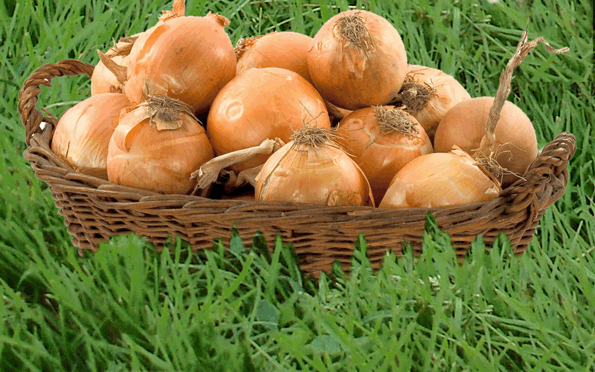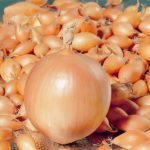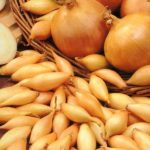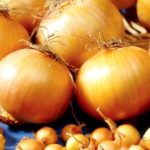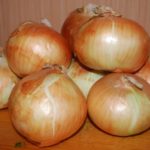Onion is such an agricultural culture, the demand for which is difficult to underestimate. Not in one kitchen and not one hostess will not do without this culture. It is widely popular in hot dishes, and in salads, and in various sauces and seasonings, and in canned food. A saturation of vegetables with vitamins contributed to the fact that now many gardeners and gardeners prefer to grow it in the winter way. Indeed, after a long winter and spring avitaminosis, green feathers of this vegetable are necessary on the table as early as possible.
Table of contents
Characteristics of winter onions
We all know the phrase "winter wheat" well, but the "winter onion" has not yet become widely used by our gardeners. Although at the present stage of this method of cultivation is gaining momentum and is becoming increasingly popular.
After all, this method of cultivation does not require any effort and cost, and without much hassle it allows you to get a very early harvest of such a turnip. And the technique of growing on the shoulder, even just for beginners and gardeners gardeners.
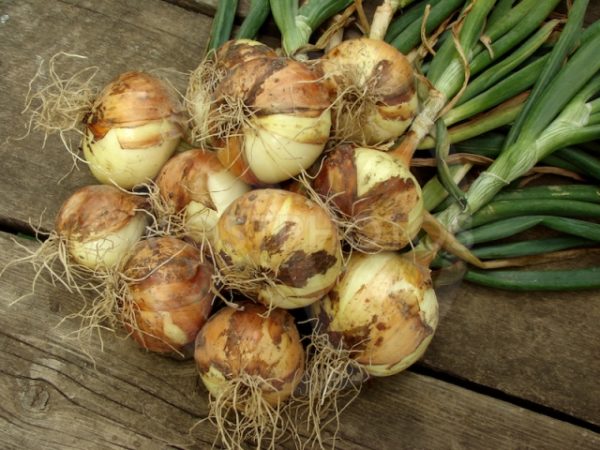
Popular varieties
The most popular winter vegetable varieties are:
- Shakespeare. This variety is able to withstand frost down to minus 18 degrees. He is completely unpretentious and requires almost no care. Crop begin to collect in 70-80 days after planting. Bulb regular round shape with white flesh.
- Ellan This variety has high germination excellent taste of the bulbs and early ripening. Harvest in early June.Turnips with white pulp of medium size: 100-150 grams.
- Radar. It has the same properties and characteristics as Ellan, only its bulbs larger in favorable conditions reach 300 grams.
- Sturon also has excellent germination and excellent taste. In addition, it has a long shelf life (up to 8 months).
- Centurion. Also has early ripening, good germination. This variety has a more spicy taste of the bulbs and a high content of vitamin C in them.
- Radar
- Sturon
- Centurion
- Shakespeare
- Allan
Winter onions, regardless of the variety, are distinguished by larger fruit sizes.
Planting and care of winter onions
Onion crops are usually harvested at the end of the summer season. After harvesting the bulbs are sorted and sent to storage. Landing in the winter It also has its economic advantages. For spring planting, bulbs are usually chosen to be at least 1.5 centimeters, since smaller ones before spring may simply dry out. These small onions are perfect for planting in the fall. Thus, the turnips, which could just spoil more, will delight with their harvest.The germination of winter onions is somewhat less than spring, but considering the fact that only culled fruits are planted before winter, the risk of loss is not present in this case.
Before planting winter onions, no special soil preparation is required. Simply remove the weeds, and dig up the plot. To the composition of the soil, such a culture is also very undemanding.
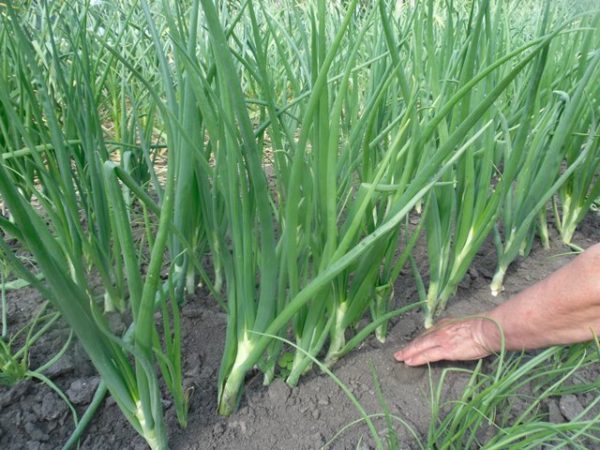
Cauliflowers, legumes, cucumbers or tomatoes are good plant precursors.
There is also no urgent need to fertilize the site before planting the plant. It will be enough for those fertilizers that received onion precursors. You can only add a little ash to the soil.
The site should be in a well-lit place, it is better to choose a hill.
Bulbs planted at a distance of 8-10 cm from each other, in a previously dug furrow. The distance between the grooves should be 15-20 cm.The turnip is deepened by no more than 3 cm. Otherwise, in the spring it will be difficult for the bulbs to break out of the ground and slightly tamp. This is what distinguishes the spring planting from the autumn; in the spring, the heads deepen deeper into the ground. Specially watering the area after planting onion heads is not necessary.
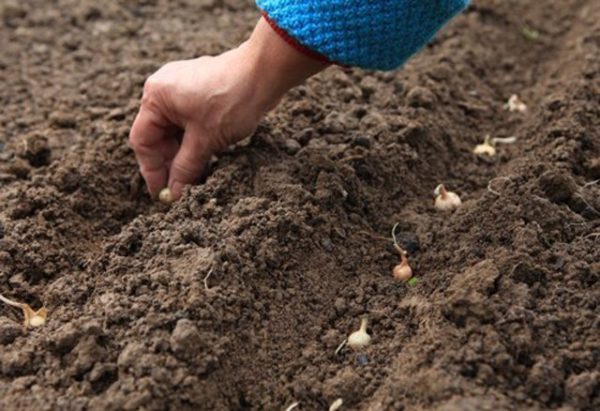
Planted bulbs in the second half of August - the first half of September. The landing dates vary by region. In any case, it is necessary that the onions should be planted no later than 4 weeks before persistent frost. The plant needs to take root well and get stronger before the onset of cold weather.
Before frost be sure to warm the area with a bow. To do this, cover it with dry leaves, tops of legumes, agro-weed.
As soon as the snow melts in the spring and the earth begins to warm up, it is necessary to provide the culture with full access to sunlight. For this shelter is removed. Beds with the onset of spring and heat must be mulched. TSuch a procedure will not only retain sufficient moisture and heat, but also protect against overheating.
In spring, seedlings can be fed with a weak solution of mullein or chicken manure. Nitrogen fertilizers can also be used.
Watering the area with onions in the spring, after the first shoots. Subsequent watering is carried out with a break of two weeks.
Harvest of winter onions begin to collect in early June. To harvest a crop, it is necessary to carefully dig up ripe turnips.
Advantages and disadvantages of the method

The advantages of this method are quite a few, it is:
- Efficiency. Onions are planted before winter, which could not live to see spring.
- Excellent taste.
- Unpretentiousness and undemanding in care.
- Large sizes of turnips.
Adhering to all the above recommendations, you can grow excellent onions without much hassle and effort.
